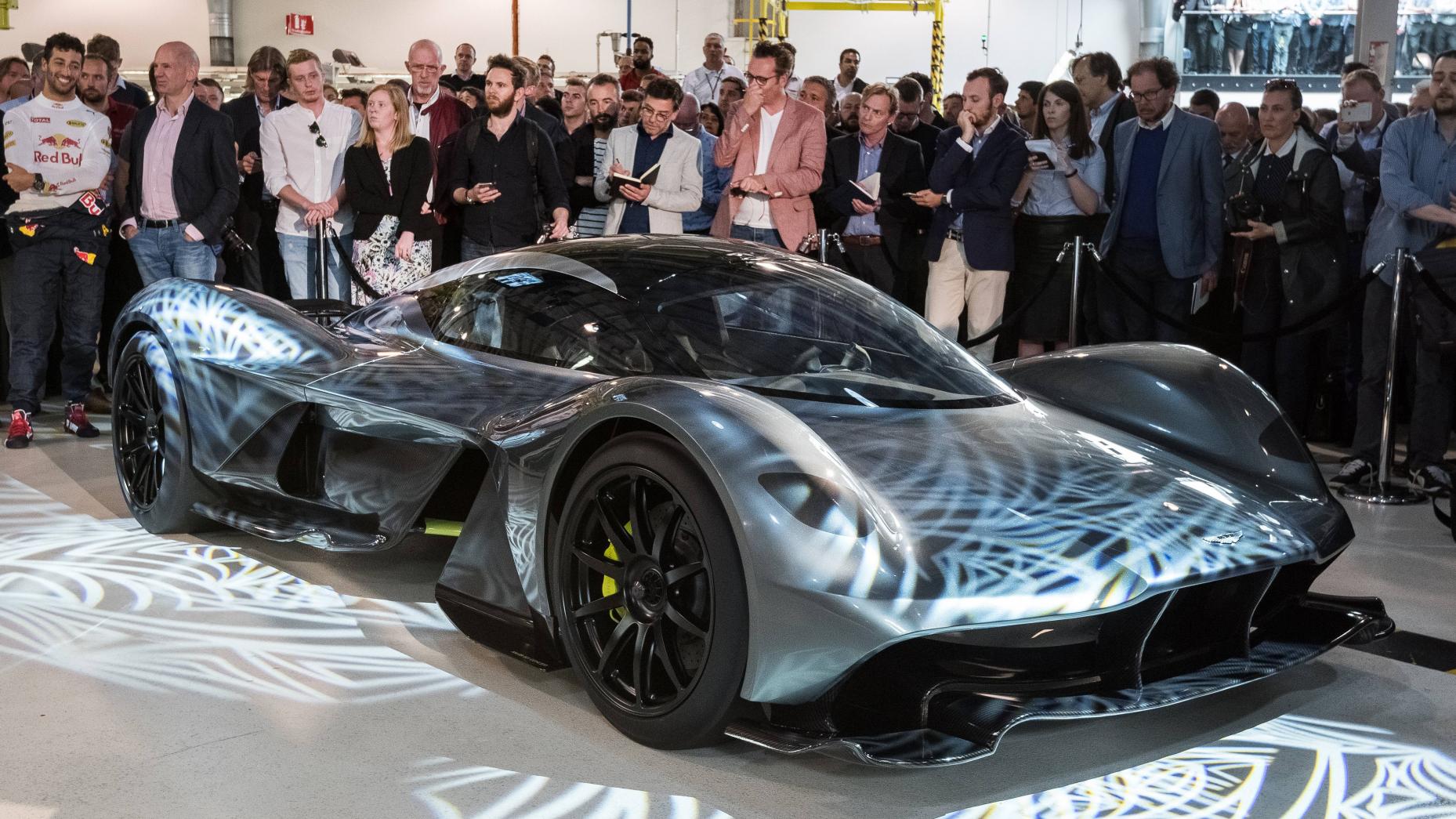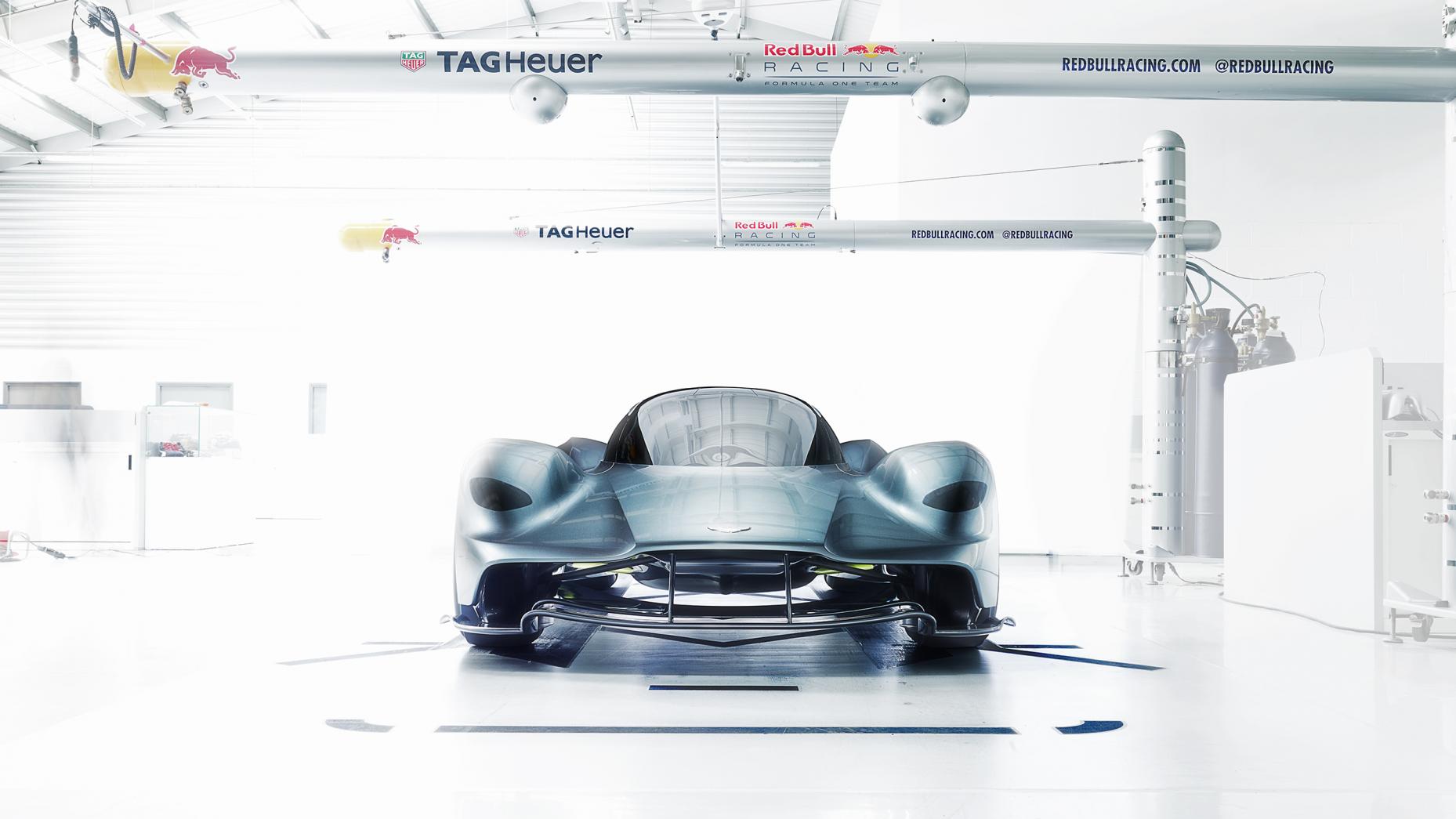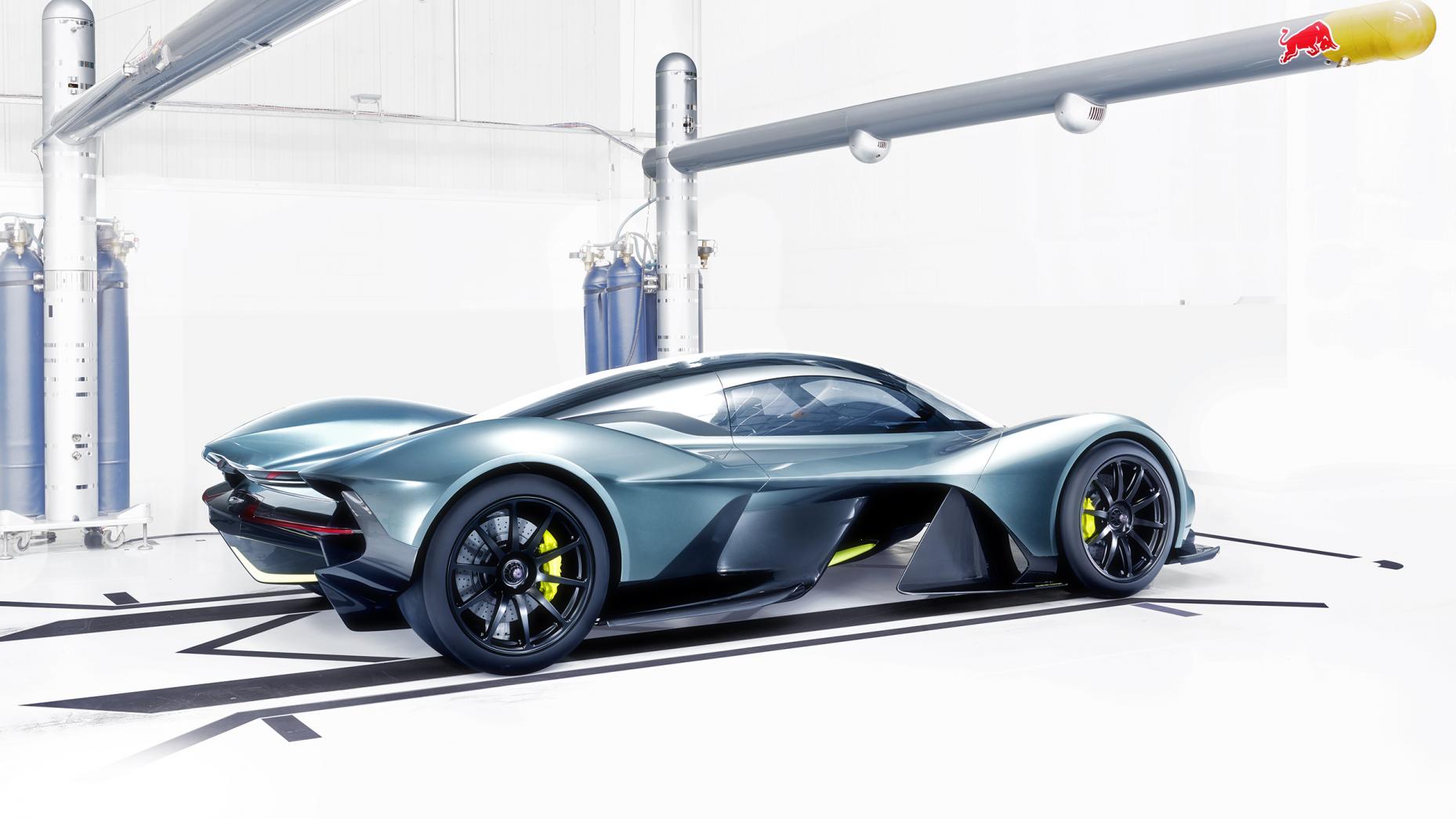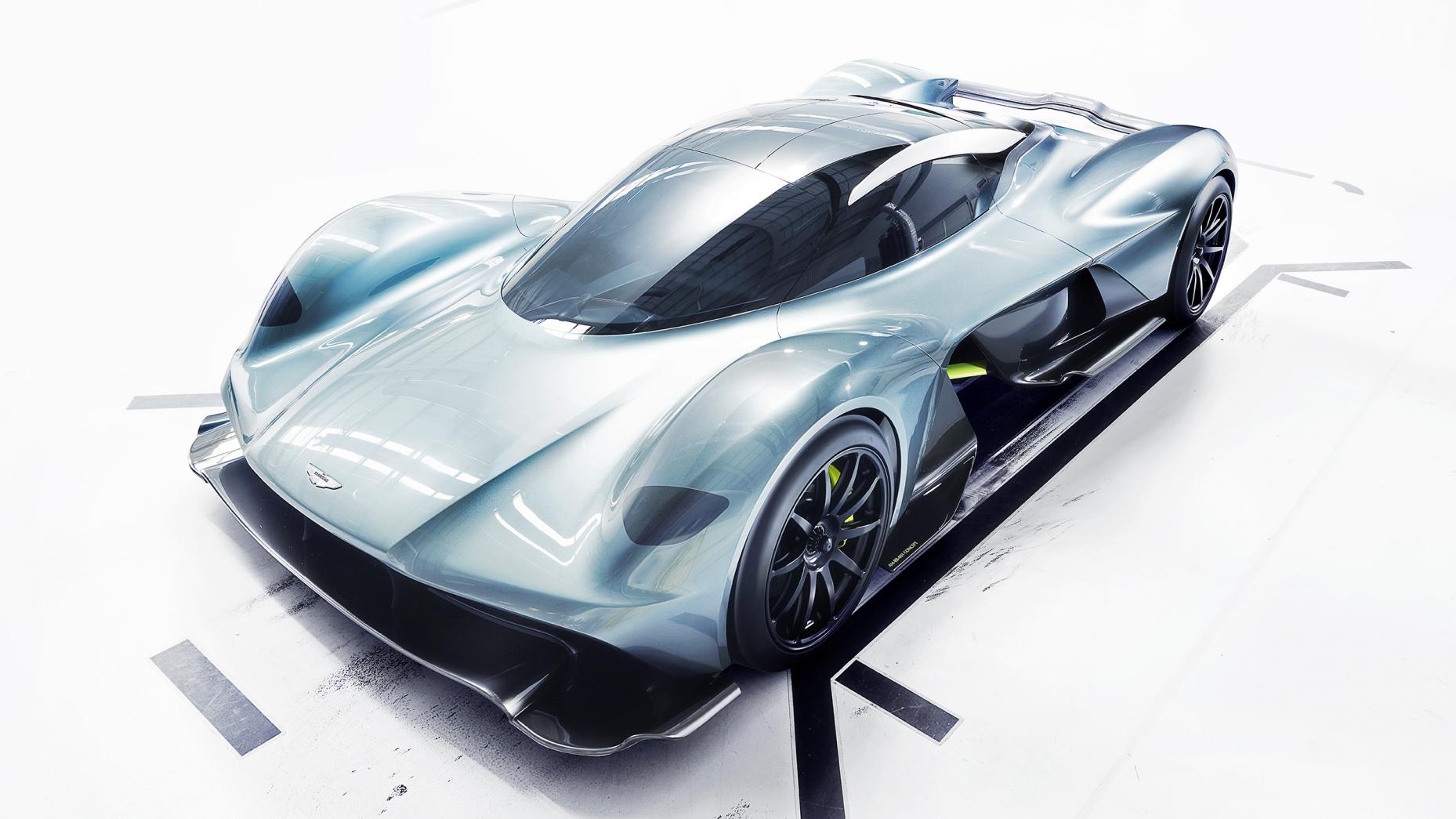
Aston Martin will add a mid-engined supercar to its growing line-up by 2020, harnessing design cues and tech from the £2.5m Valkyrie hypercar, its CEO Andy Palmer has confirmed. Citing the Ferrari 488 and the McLaren 720S as its two main targets, Palmer sat down with TG to give us the how, and why an assault on the mid-engine supercar class is the catalyst to drive profits and secure the company’s future.
“If you look at Ferrari, it has slightly higher transaction prices than us. That’s because in our core range we peak out with the Vanquish – we need to get something between the Vanquish and the Valkyrie,” Palmer told us. “Therefore, I’d like to make a mid-engined sports car, a 488 competitor above the £200,000 mark.”
Simple, right? Wrong. The issue, Palmer says, is credibility. With the 488 you’re going up against 70 years of heritage and badge appeal – you can’t just plonk a competitor alongside it and expect customers to believe it’s the best there is.

“McLaren is doing a great job, but it has taken them 10 years for the 720S to be comparable with a 488,” Palmer explained. “So, how do you gain credibility? You go out there and do the best mid-engined car ever – the Valkyrie. And by the way you do that in collaboration with an F1 team so you get the credibility of Adrian, Christian and Red Bull.
“You use those talents to create Valkyrie one and Valkyrie two – one is for the road, two is for the track – and you’re creating a halo effect years before this mid-engined car. You have to take the long view or you can write off your first generation car, because it’s forced to do all the heavy lifting. This way, we’re letting Valkyrie do all the heavy lifting.”
So will the design position it as an obvious sister car to the Valkyrie? “It will be as close as you are to your cousin. It will have some styling cues in common, definitely something in its DNA. What I hope we can do is find a design language with Valkyrie somewhere in the background that generates beauty. What it will have is technology that’s passed down. We’re being forced to learn stuff, or I should say relearn stuff, because of the nature of Adrian.”
And will Adrian Newey (Red Bull F1’s chief technical officer) work directly on the mid-engined supercar once the Valkyrie is fully signed off? “That’s the working assumption, yes. We don’t have a contract, that’s why I call it a working assumption. There’s room for something else in that stratospheric area, but we need him to breathe down onto this project, too, it needs that touch.”

And will Aston follow McLaren’s approach with a full carbon-fibre tub, or the Ferrari 488 and Lamborghini Huracán approach with a largely aluminium chassis bolstered by carbon-fibre elements? “We think that just throwing carbon-fibre at it is not the optimum solution, because you want different materials in different areas of the car, so probably a composite solution – aluminium where it makes sense and carbon where it makes sense. I don’t think a pure carbon tub is the way to go.”
So we know the price, the positioning and to some extent the design direction. That just leaves the powertrain, at which point Palmer dries up: “Will it be a hybrid? The truth of the matter is we don’t know. You’ll see over the next few weeks I’ve brought in a couple of important new hires into the company and I don’t want to tell them ‘this is what you‘ve come to do,’ they need to be involved in it.”
What Palmer does have is options. As well as Mercedes’ twin-turbo 4.0-litre V8 (which we’ve already seen can be wound up to beyond 600bhp in the new Mercedes-AMG E63 S) he confirmed that “we will continue to make V12s as long as they’re legal.” Both are feasible choices, although our intuition tells us turbo V8 is the way to go.
But where does the supercar slot into Palmer’s meticulously-planned timeline? The outline is seven new cars (not including bodystyle variants – cabriolets and the like – and hypercars) over seven years. Each has a seven-year life, then copy repeat, copy repeat. 2017 is the year of the V8 Vantage, 2018 will usher in the new Vanquish (and the DB11 Volante), 2019 sees the Porsche-Cayenne rivalling DBX (and first deliveries of the Valkyrie), 2020 is the mid-engined supercar, 2021 is Lagonda 1 and 2022 is Lagonda 2. In 2023 it starts all over again with the DB12.

Got that? Good. We did ask Palmer about the Lagonda duo, too, and learned that both with be built alongside the DBX at the new St Athan factory and be based on the same bonded aluminium architecture. As to what form they will take, Palmer claims that’s still up in the air: “They will bring an alternative view of the market. Saloons are dying, everybody is in an SUV these days, even Rolls Royce and Bentley are demonstrating that. We’re not constrained by the need to have a sedan, but you need to be able to offer a formal car – it’s this that’s igniting the tastebuds of Marek [Reichmann, design chief] at the moment.
“I’ve made place holders for two cars and said don’t give me an unoriginal, existing type of car. Give me something that reinvents that space, but has to be acceptable by a relatively conservative buyer base.”
A breathless time at Aston Martin then, but is taking on Ferrari, McLaren, Bentley and Rolls Royce stretching the brand too far?
